How to Dye With Turmeric, Hazelnuts & Onion Skins - Fun Food Tie Dyes

In this tutorial, I am going to show you how to dye with turmeric, hazelnuts, and onion skins. We’ve all seen tie-dye tutorials before, and I’m excited to show you one using natural dyes. Let's get started.
Tools and materials:
- Fabric
- String
- Food scraps (hazelnuts, onion skins, turmeric)
- Pot
- Water
1. Pick out a garment
First things first, pick out the garments that you'd like to do your dye work on. I just had a cotton scarf lying around, so that's what I'll be using, but you can use whatever.
Mostly, you want to use natural fibers because they'll take the pigment better, unless you tea stain, then you can use whatever fabric you want because tea stains everything.
2. Tie the fabric
Go ahead and gently draw little lines where you want to scrunch up the fabric. Be careful not to fold the fabric in on itself (like by rolling it up in a tube). I just went and pleated it in, and then I tied it up with string.
3. Compress the fabric in any other ways
I also had some acrylic discs, so I used them by clamping them in such a way so that the dye resists in that circle area.
4. Soak
Once everything is pleated, folded, tied, wrapped, whatever you want to create some resistance, soak your fabric in cold water. That way, your fabric doesn't wick the dye into the areas where you don't want the dye to go.
5. Dye
The next step is to set up a couple of dye baths. I made three using turmeric, red onion skins, and hazelnut skins.
Once your dye is boiling, you can drop your projects in, and you want to leave them in for about an hour. That gives the fabric the best chance for the fabric to absorb the color and for everything to set.
In this project, we're not going to be using any mordants because I don't have any mordants here at home, and I'm going to guess that you don't either. If you just so happen to have some alum at home, go ahead and drop a teaspoon of it into your dye pot to help the process.
Not using mordants means that the dye projects won't be as colorfast after they're done, so they may wash out and fade in the light. That's ok, though; we're just experimenting.
6. Finish up
Once your hour is up, go ahead and pull your work out or leave it to cool on the stove, and then once it's cool to the touch, you can rinse it in cool water to get any debris off of it. Make sure it rinses clear, and then hang it to dry.
My favorite part of this whole project is cutting the string and opening everything; it looks so cool as you reveal it.
My plastic discs did warp, so I didn't really get a nice circle for my resist; it came out more as a gentle blob.
How to dye with turmeric, hazelnuts, and onions skins
I love the soft pastel colors that the food scraps produced. From left to right, we have turmeric, hazelnuts, and onion skins. This was such a fun DIY to do and obviously a great way to repurpose food waste. I hope you’ll give it a go!
Let me know what you think of this tutorial in the comments below.
Enjoyed the project?
Suggested materials:
- Fabric
- String
- Food scraps (hazelnuts, onion skins, turmeric)
- Pot
- Water
The author may collect a small share of sales from the links on this page.
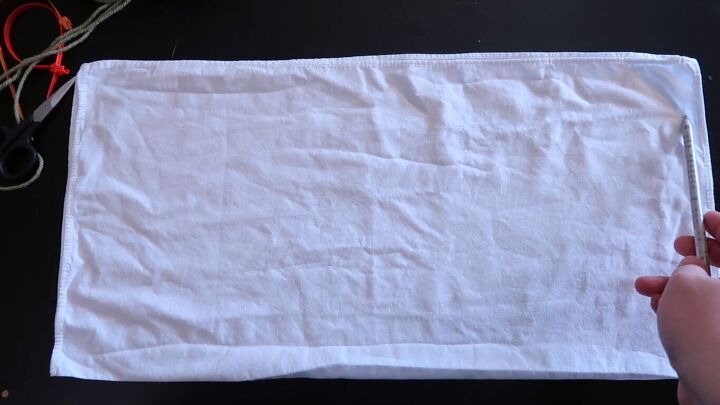









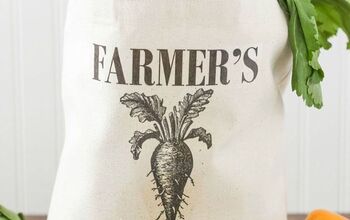
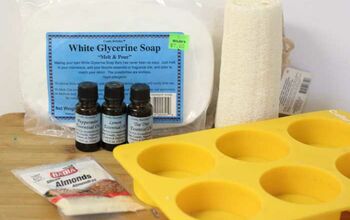

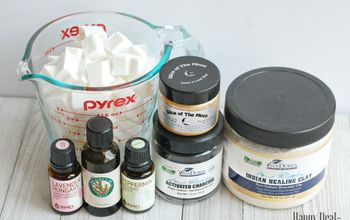



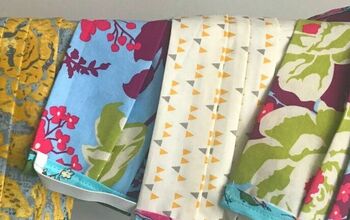




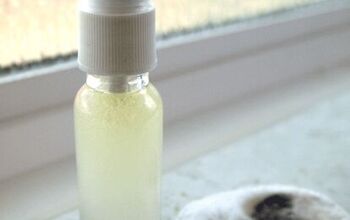


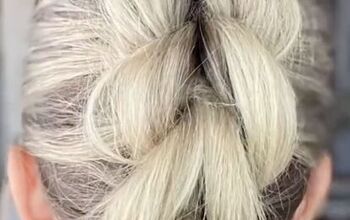

Comments
Join the conversation